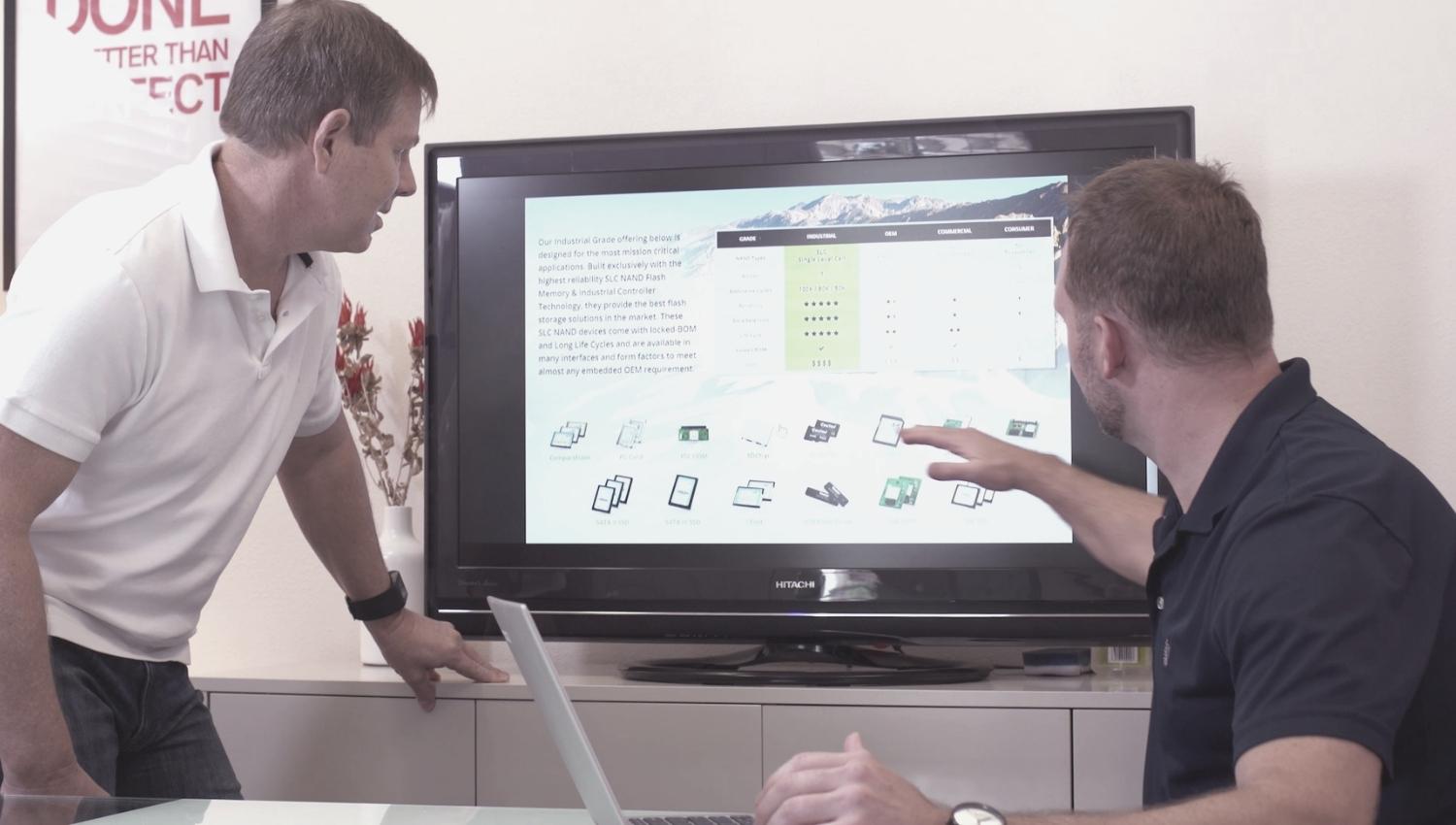
Website Personas: The What, Why, & How
Updated last on:
February 20, 2025
Maybe you've heard of marketing personas, but website-specific personas? What are those? Learn the 101 of website personas, why you should create them, and how to use them during your website planning & strategy phase.

by Eric Sharp
TOPICS:
Quick Summary
A website persona is a realistic character sketch representing one segment of a website's targeted audience. They detail; demographics, whether they're a primary, secondary, or tertiary user, their website needs, and also the business needs. They can be designed in nearly any program (Google Docs, Word, Illustrator, Canva, etc.) and typically include a fictitious name and photo to help them become more real. Once in place, they create one shared vision and help everyone on the team make better decisions which leads to quality traffic, improved conversion, and overall success of your website. Creating website-specific user personas is one of the most important steps in your website strategy and needs budgeted for because of the increased efficiency they offer.
What’s the most important step in planning a website?
This question returns various answers from website professionals, but my answer is always swift and assertive.
Creating website-specific user personas.
Aside from documenting website goals, I’ll say this activity is THE most critical step because of its profound impact on future decision-making in design and development.
User personas help turn a moving target into a stationary one, and, therefore, sharpen your company’s viewpoint on who exactly is visiting your website and how to engage them. By putting in the research to know your user first, every subsequent decision gets backed by the incentive to solve the user’s needs.
Intro to Website Personas
More times than not, your website is not for you. Sorry.
Everything from well-designed calls to action to the look and feel (aka visual design) must be inspired by the motivation and behaviors of these users.
If your website is going to sell more, generate qualified leads, or expand your brand’s reach, it can’t be treated as your organization’s canvas for self-expression and experimentation. You need website-specific user personas to stay the course.
What are Website User Personas?
Here’s a quick 3-minute video intro to website-specific user personas.
Steve Mulder, author of The User is Always Right, defines a user persona as a:
Realistic character sketch representing one segment of a Web site’s targeted audience. Each persona is an archetype serving as a surrogate for an entire group of real people.Steve Mulder
In a nutshell, these are the people you want to please with your website.
Website User Personas vs Buyer Personas
Is a website persona the same as a buyer persona? In some cases, yes.
Website Personas are created for anyone that uses your website, which could be a current or potential customer/client. A Buyer Persona is definitely someone that is buying, or going to buy from you in general — which means they’re very focused on pricing, product/service value, testimonials.
I love how UXPressia explains the difference:
A good example would be a personal computer. You may buy one for your own use and, in this case, you’ll be both a buyer and a user persona at the same time. But what if you buy a computer for your mom? Or for an employee? You’re still the buyer. But not the user.
What do Website Personas include?
There’s an abundance of information you can include in website personas, but I feel these are the 5 most important elements:
- Demographics. Age, Gender, Location, Title, etc.
- First Name and realistic photo. To help them become more real.
- Primary/Secondary/Tertiary user type. Knowing which user is most important helps with feature prioritization. It may even be helpful to make an antipersona.
- User Needs. Why are they coming to the site, and what are they trying to achieve?
- Business Needs. What is your organization trying to get these targeted users to do on the site?
To obtain this information, you should use both qualitative and quantitative website research. But, how exactly? Here’s how you take this data and put it into something pretty.
How to Create Website User Personas
Now that you’ve gathered the vital information aforementioned, how do you get it into a visual artifact that is easy to understand and sharable? You have options.
This really comes down to what expertise you have or available to you. Website personas can easily be designed in programs such as:
- Canva
- Word
- Google Docs
- Illustrator
- Photoshop
- Pagemaker
Here are some examples using plain-old Word.
Examples of Website User Personas

Why create Website-specific User Personas?
As Mr. Mulder emphatically states:
Teams assume that their users think and act like they do.
Ouch.
A website planned, designed, and marketed on this assumption is misguided and on the path to underachieving. Users have different goals than you. Users don’t care as you do. Users aren’t all alike.
In what Phase should Website User Personas be created?
The timing of when you create website user personas is just as important as deciding to do so.

Website user personas should be created in the early stages of the website design process, such as a website strategy phase. This critical research should then be relied on heavily to make informed decisions for every subsequent phase.
That means website user personas come BEFORE:
- Content Creation
- Sitemapping (see: How to sitemap a website)
- Design
- Development
- SEO
- Testing, QA
- Launch (duh!)
They can even be used post-launch for reference while adding new features.
How Website User Personas help
They help the people on your team:
- Make better decisions
- Create one shared vision
- Help user research come to life
Personas take work but try not to be concerned with the additional time to create them. Try to think of this activity as an investment.
The time you dedicate to personas is fully recovered in subsequent steps because of increased efficiency.
Decisions are made faster. Conversations are more fluid and revolve around “What do our users want?” rather than “What do we want?” Everybody involved has the proper viewpoint, which prevents uninformed decisions like leaving out FAQs (because the CEO didn’t think they were helpful) or choosing a particular color (because the Marketing Director’s daughter loves pink).
For the record, mine is green.
How they help example: Copy choices
Curious how you utilize website user personas with, specifically, your copy?
This video will help.
Final Thoughts
Don’t build your house (website) on sand (without personas).
If you’re looking for ways to improve your website, or starting a brand new one, ensure persona research is part of the process.
Identifying your actual users will trailblaze clarity and focus within your organization and help everyone involved make better decisions.
Need website help?

We're all about websites — especially websites that are loved by people and Google.
Since 2001, we've been helping clients nationwide turnaround their outdated and under-performing websites.

"Our website is generating quality leads every week thanks to their website consulting."
Steve L.
Cactus Technologies
Hey, you made it!
There is gobs of information available today — I'm honored you found this article interesting enough to make it here. I hope this insight leads you to a better-performing website!


About the Author
Eric Sharp is the founder of ProtoFuse and has been in the website trenches since 1999 — right before the dot-com boom redefined the website landscape. Since then, he's accumulated 25 years of digital marketing experience and prides himself on creating websites "Loved by people and Google". Outside of websites, it's all about fam time with his wife and 3 kids. He enjoys CrossFit, cooking steak on his cast iron skillet, collecting Jordan sports cards, and Daaa Bears.








